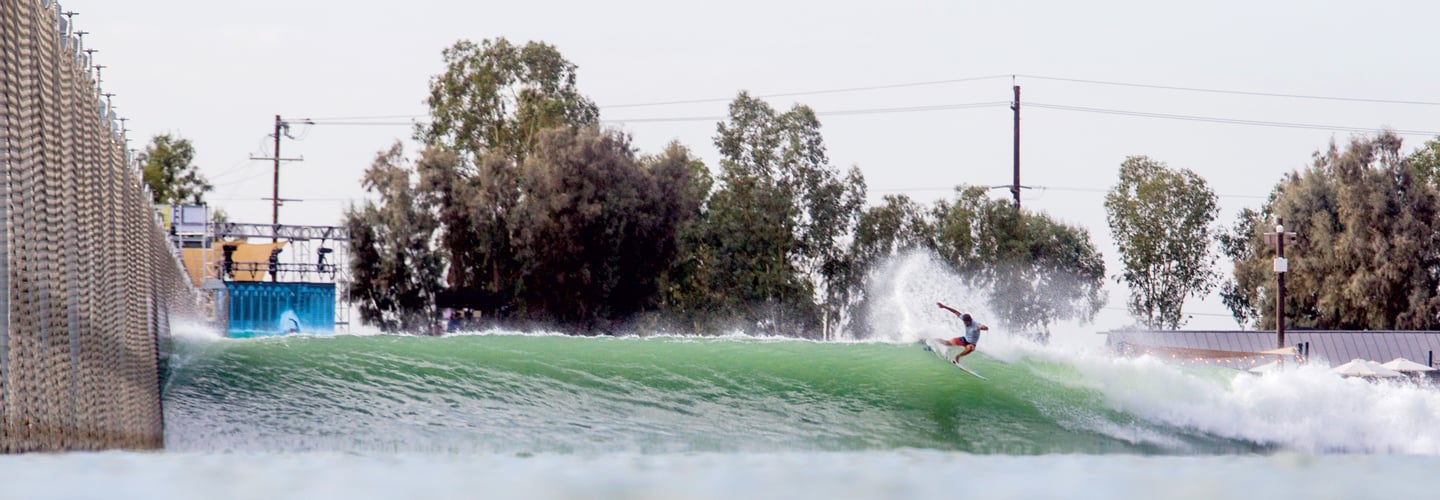This summer, people will head to the beach to go surfing. But if ocean conditions aren’t just right, thrill seekers may never get a chance to catch a wave. What a bummer!
World-champion surfer Kelly Slater decided to solve this problem. He wanted to create a machine that makes waves. That way people wouldn’t need good ocean conditions or have to travel to the beach to go surfing.

